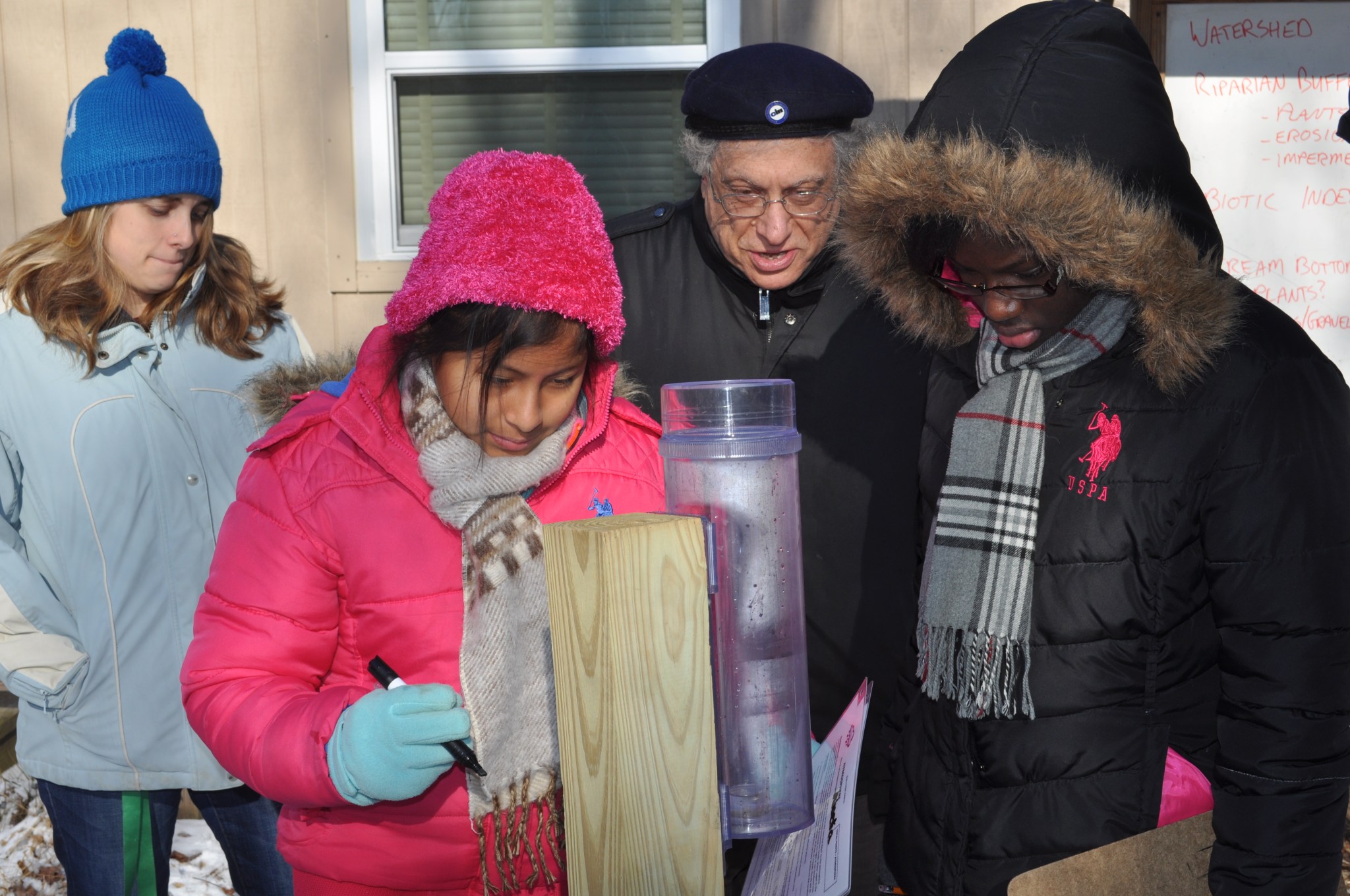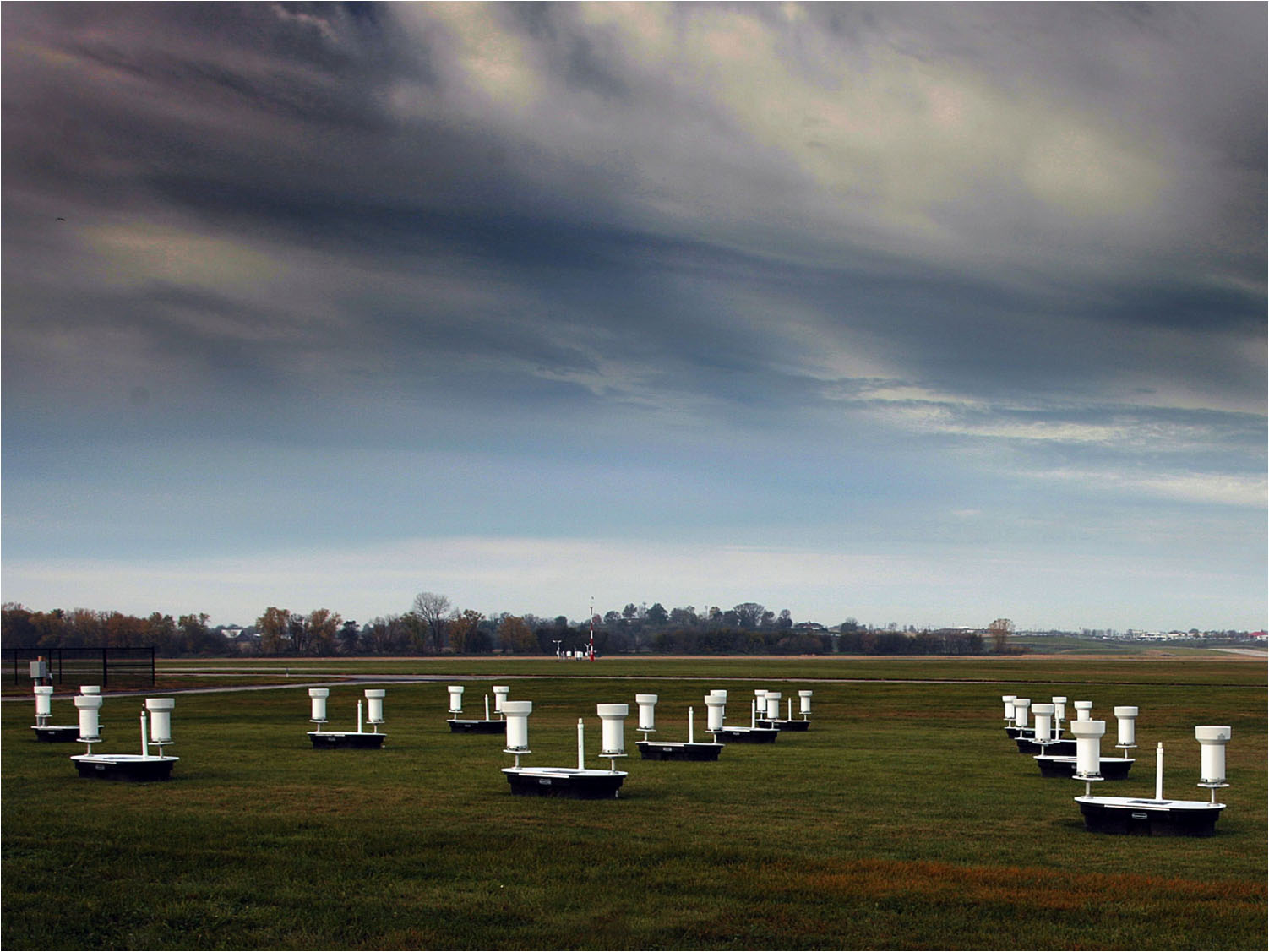This spring, students worldwide are invited to grab rain gauges and learn how scientists use ground measurements to validate satellite precipitation data.
NASA’s Global Precipitation Measurement, or GPM, mission is partnering with the Global Learning and Observations to Benefit the Environment (GLOBE) program to conduct a field campaign where students will measure rain and snow in their hometowns from Feb. 1 through mid-April 2015 and then analyze the data. A webinar for teachers to learn more about the campaign and how to participate is scheduled for Jan. 21, 2015.
GLOBE is a worldwide hands-on, primary and secondary school-based science and education program. It connects and supports students, teachers and scientists who collaborate on question-based investigations of the environment and Earth system.
“The goal is to have students participate in the scientific process. They start with making their own observations and then they analyze the data, looking for patterns around where they live, which they can compare to other places worldwide,” said Kristen Weaver, education specialist and coordinator for the campaign for the GPM Education and Communication Team at NASA’s Goddard Space Flight Center in Greenbelt, Maryland.
The GPM mission is an international network of satellites that provide global observations of rain and snow every three hours. NASA and the Japan Aerospace Exploration Agency launched the GPM Core Observatory satellite, the center of the satellite network, Feb. 27, 2014.
In order to evaluate how well the Core Observatory and other satellite instruments observe precipitation from space, NASA collects data in field campaigns on the ground. In formal ground validation campaigns, teams of scientists deploy rain gauges and ground-based radar instruments to measure precipitation in different terrains, like the Appalachian Mountains, the flood plains of Iowa or snowy Finland. Then they compare the collected data to measurements from satellites and aircraft instruments that simulate satellite observations.
The GLOBE-GPM field campaign is designed to give students a similar experience. Students will use simple manual rain gauges to collect precipitation data and enter them into the online GLOBE database. Using an example analysis as a template, the students will then analyze their data.
Students also will be encouraged to develop their own scientific questions to be answered by the data and compare their observations to ground observations from other sources – nearby GLOBE schools, National Weather Service ground stations or other citizen science data sources – as well as to satellite precipitation data available from NASA.
“GLOBE students have been collecting Earth system science measurements for nearly 20 years. Field Campaigns, such as the GPM Field Campaign, are grounded in real science embedded in an inquiry-based, collaborative approach. We are excited that the GPM Field Campaign culminates near Earth Day 2015, which also is the 20th anniversary of GLOBE,” said Kristin Wegner, education specialist for the GLOBE Implementation Office at the University Corporation for Atmospheric Research in Boulder, Colorado.
Students and teachers also can participate in webinars to learn more about how GPM scientists run formal ground validation campaigns, why they are so important, how to retrieve data and use them to answer their own investigation questions and how satellite data are used to study natural hazards and extreme events.
In addition, educators will have access to a series of blog entries where scientists and engineers describe their research and how they became interested in STEM fields. The campaign will post a discussion board for educators to share ways to use citizen science, GPM data and NASA activities with students.
“By joining in a wider-scale effort, we hope to get students excited about the possibilities of Earth science and to feel like they are participating in something real and larger than themselves,” said Weaver.
For more information about the GPM-GLOBE program, visit: http://www.globe.gov/web/gpm.
For more GPM Precipitation education material, visit: http://gpm.nasa.gov/education
For more information about GPM, visit https://www.nasa.gov/gpm or http://gpm.nasa.gov
Kasha Patel / Ellen Gray
NASA’s Goddard Space Flight Center, Greenbelt, Maryland
301-286-0246 / 301-286-1950
kasha.g.patel@nasa.gov / ellen.t.gray@nasa.gov

























